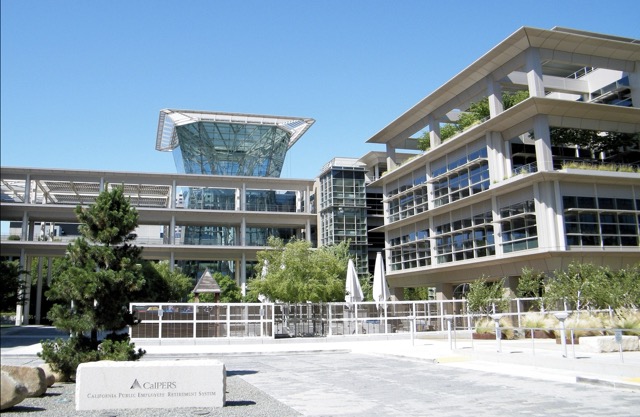Pension Problems
RIVERSIDE (CNS) – Riverside County supervisors have signed off on a report showing county government’s unfunded pension liabilities have spiked, largely due to poor investment returns at the state level, and it means higher near-term costs to the county Wednesday.
The 2024 Pension Advisory Review Committee report said the county’s retirement apparatus is now 75.3% funded, compared to 86.6% previously. The key metric reflective of a sound pension system is considered 80% funded status.
The county’s total unfunded pension gap is $3.66 billion, compared to $1.88 billion estimated in the 2023 report, according to PARC. The figures are based on calculations that end in fiscal year 2021-22 — the most recent period for which confirmed data is available from the California Public Employees’ Retirement System.
PARC estimated liabilities will decline going forward, with the funded status gradually returning to 80% over the next eight years.
The county’s current asset base supporting the pension system is $11.2 billion.
There are two main categories in the local pension system — safety and miscellaneous. The safety category covers sheriff’s deputies, District Attorney’s Office investigators, probation agents and others, while the miscellaneous rolls cover clerks, custodians, nurses, social workers, technicians and remaining employees not involved in any law enforcement function.
The amounts required to fund workers’ nest eggs in CalPERS will steadily rise over the next five years, according to PARC.
“I won’t be here when it comes to increasing pension and health care costs,” said Supervisor Kevin Jeffries, who is retiring at the end of the year. “You’re looking at $600 million in new costs over 36 months. That is going to be an incredible nut to crack, dealing with those astronomical numbers. We’re going to pay our employees well, but there are going to be a lot less of them.”
The biggest influence on pension costs is CalPERS’ investment performance, which in fiscal year 2021-22 slouched, with stock market assets losing 6.1% in value, according to the report. However, CalPERS has already verified a bounce-back in 2023 of 6%, and the agency anticipates rates of return of 6.7% to 7.7% over the next decade, barring unforeseen events.
Poor investment returns going back to the Great Recession have required the county to pay higher amounts to CalPERS to cover loses in the safety and miscellaneous categories.
The aggregate contribution rates in the next fiscal year will be the equivalent of 50.7% of payroll for the safety category, and the equivalent of 28.6% of payroll for the miscellaneous category, according to the report.
Employees across the spectrum in county government generally contribute less than 10% of gross earnings toward their defined-benefit plans with CalPERS.
General fund allocations to support the retirement system will steadily rise over the next decade, approaching $900 million in support by the early 2030s, according to PARC.
The county gained some near-term relief from higher pension costs by selling $716 million in bonds at low interest rates in May 2020 and applying the proceeds to pension debt reduction, or what Jeffries compared at the time to “using a credit card to pay off a credit card.”
The 2020 bond debt was added to similar issuances in 2005 that were also intended to pare down long-term pension obligations, relying on advantageous interest rates. The county will be able to repay the IOUs before 2040.
In the past, Jeffries and other supervisors expressed a desire for the county to phase out some defined-benefit plans in favor of defined- contribution plans, as exist in most private sector retirement guarantees. But Executive Office staff have described the process as riddled with hurdles because of requirements in state law, potentially incurring prohibitive expenses for the county.
Under pre-2012 plans negotiated with collective bargaining units, safety workers accrued retirement earnings according to a “3% at 50” formula, fixing compensation at 3% of the average of the three highest-paid years of an employee’s career, multiplied by the number of years on the job. An employee could begin collecting full retirement at age 50.
Miscellaneous workers received benefits based on a “3% at 60” formula.
Beginning in September 2012, new hires in the safety category began accruing retirement benefits under a 2% at 50 formula, while newly hired miscellaneous workers began accruing benefits under a 2% at 60 formula.
Legislation signed into law soon afterward added another category for public sector employees hired after Jan. 1, 2013. The lower benefit formula is 2% at 62 for miscellaneous and 2.7% at 57 for safety workers.
For More Personal Finance News Visit www.zapinin.com.


